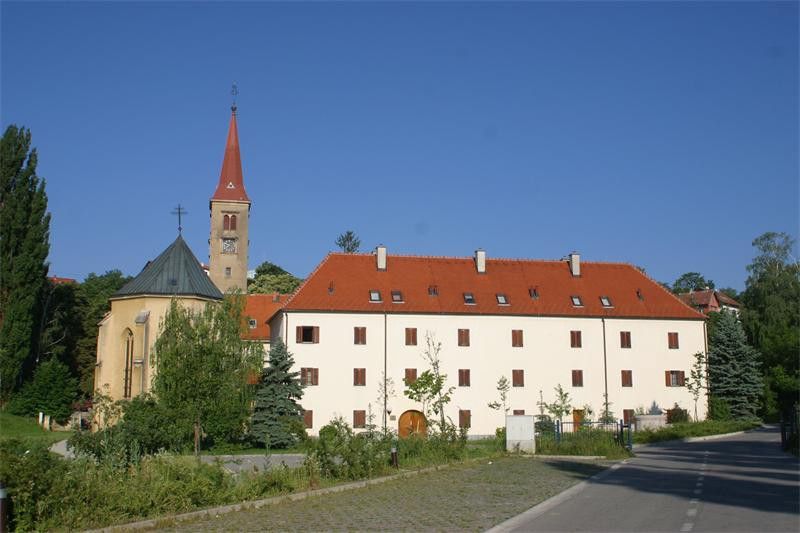Remote production and contribution for a catholic TV station

The Church of the Assumption of the Blessed Virgin Mary in Zagreb, Croatia has used our Video Transport solution to both remotely produce & contribute live transmissions to a local catholic TV station.
We’ve spoken to Goran Kanceljak, a video production expert, who was happy to help set the system up in his church:
Few months ago our church, together with Laudato TV, a nonprofitable catholic TV station in Croatia, has started a project of daily live transmission of Holy Mass into the TV program. While we have started the project with using an RTMP stream for the contribution over IP, I found Medialooks Video Transport tool to be a better solution, especially because we use NDI on the production side and because of the low latency.
The sanctuary has its origin far in the 13th century, however the church building had been destroyed in an earthquake in 1880 and has been rebuilt and renewed since. Because of its history and preserved art (the church has been known as Croatian Sistine Chapel because of its Baroque frescos) it has cultural heritage status. Therefore it was mandatory to keep cables at a minimum and it was decided to go with NDI and HDBaseT for video infrastructure.
Video from three Panasonic AW-HE40 PTZ cameras is fed via NDI|HX to vMix software, which provides:
- HDMI output for TVs in the church halls;
- streaming output for the web page (the scene is static most of the day but starts to change at 18.30 when the Holy Mass starts);
- NDI output for TV transmission.
A copy of the VT Publisher runs on the vMix workstation: it picks up the NDI output and transmits it over the public Internet (a 50 Mbps uplink) to the Laudato TV station, where VT Receiver converts it to SDI via the DeckLink Mini Monitor card.
The production is controlled remotely by Laudato TV station staff — they connect to the vMix workstation via Chrome Remote Desktop. This is precisely why VT’s low latency was important as with even a few seconds delay it would not be possible for the director to remotely produce the transmission.
Goran concludes:
We are using Medialooks because it’s the best way to do it. It is a very simple, cost-effective and efficient setup.
